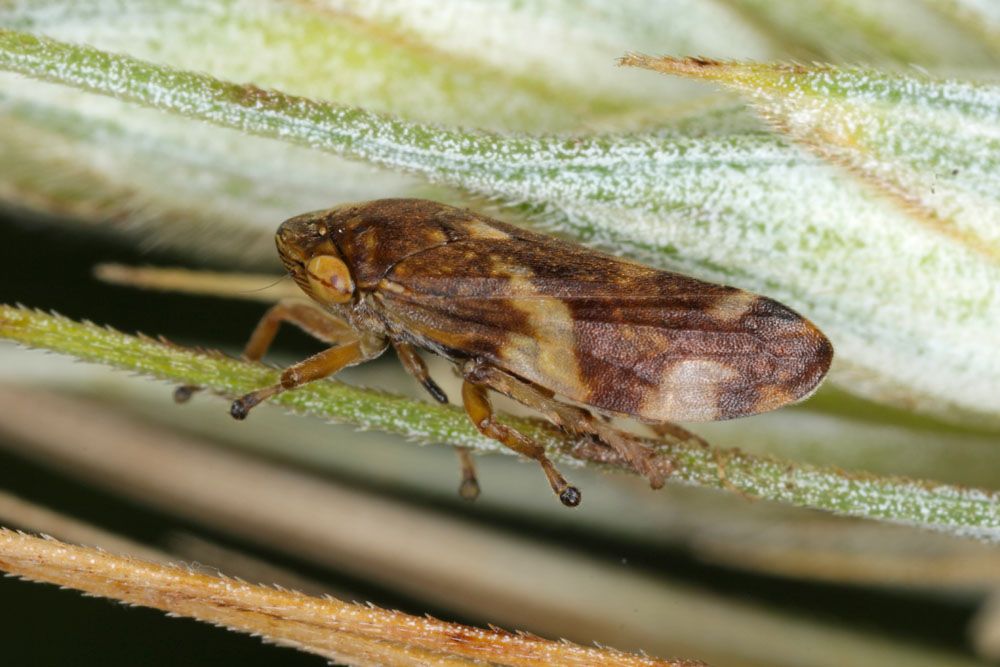
Meadow Spittlebug – Philaenus spumarius
Meadow Spittlebug (Philaenus spumarius)
Common Name: Meadow Spittlebug
Latin Name: Philaenus spumarius
Appearance:
Spittlebugs are simple to recognize if there is any “spittle” present. The size of these spittle masses might reach 3/4 inches.
Nymphs
- The spittle masses contain the nymphs.
- They can grow up to 1/4 inch long with delicate, elongated bodies.
- They go from orange to yellow to green in line with their growth.
- Nymphs have large red eyes on the sides of their heads.
- Although they are rarely observed, adult meadow spittlebugs measure 1/4 inch in length.
- They begin green and eventually turn brown or grey.
- The back legs of adult spittlebugs, sometimes known as froghoppers, are expanded for jumping.
- They are like leafhoppers but are fatter.
